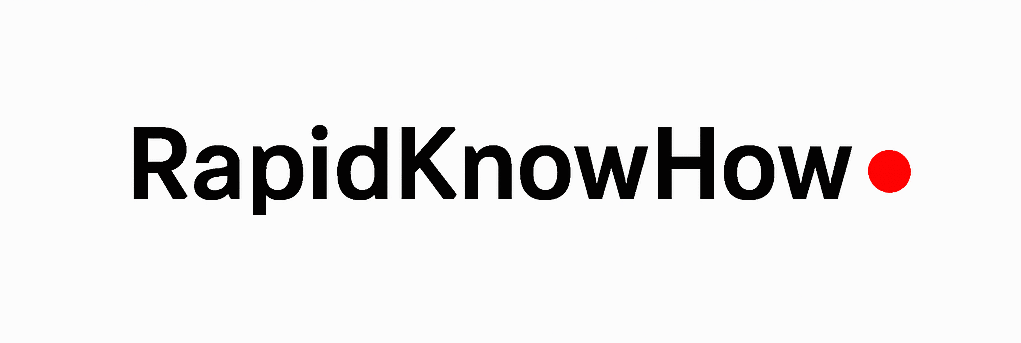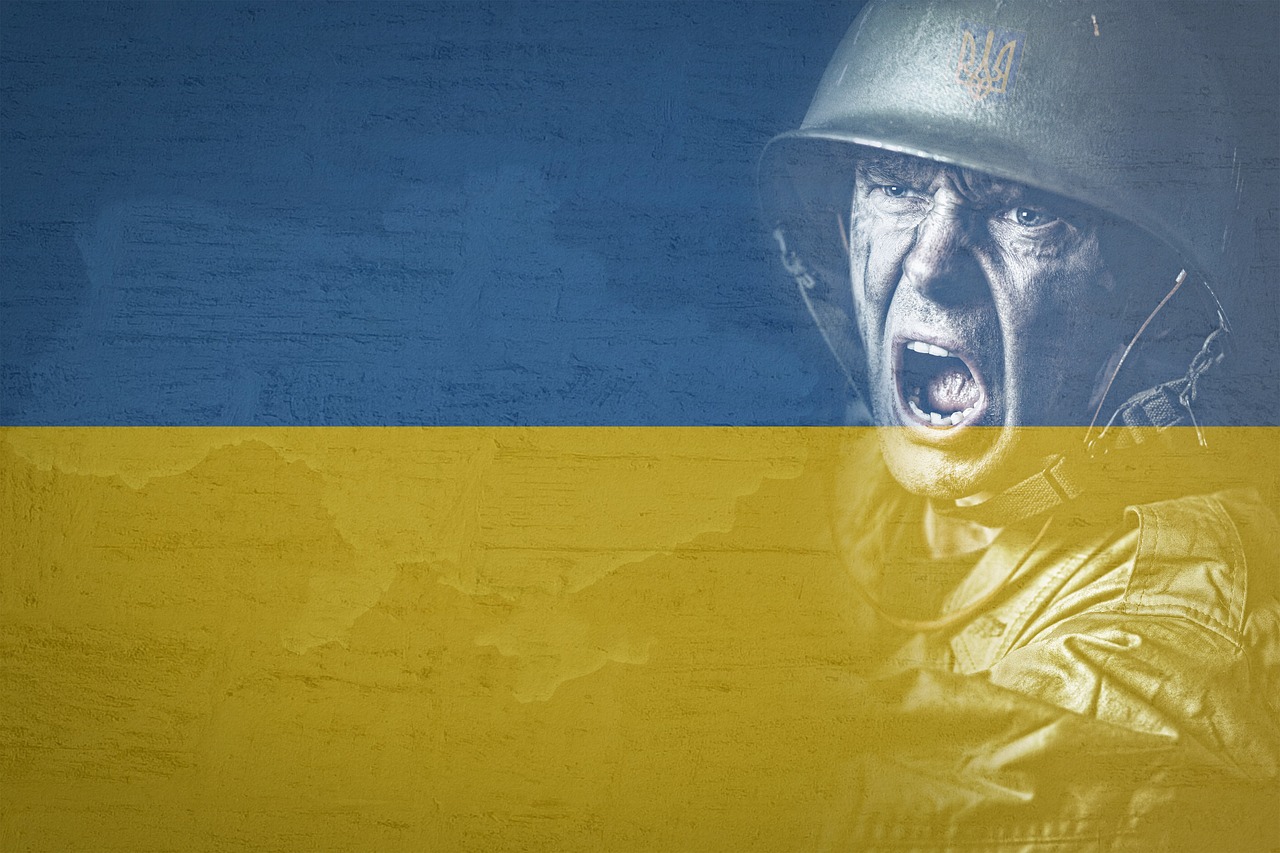Here are the current geopolitical escalation dynamics (as of July 14, 2025) between Russia, Ukraine, the U.S., and Germany—including timing, triggers, and risk assessment:
🔥 Key Developments Today (July 14, 2025)
- U.S. policy shift: President Trump announced delivering Patriot air-defense systems and long-range missiles to Ukraine, fully financed by European NATO allies; he issued a 50‑day ultimatum for Russia to accept a ceasefire or face up to 100% secondary tariffs on Russian energy and trade partners KSTP.com 5 Eyewitness News+9The Washington Post+9The Guardian+9.
- Escalating attacks: Russia launched a massive drone and missile strike campaign on Ukrainian cities over the past fortnight—targeting Kyiv, Chernivtsi, Lutsk, Lviv—causing civilian casualties and widespread damage Wikipedia+1Wikipedia+1.
- German posture: National intelligence and military statements—anticipating Russia’s capability to wage large‑scale warfare against NATO by 2030—underscore Germany’s view of Russia as an existential threat The Washington Post+9Der Spiegel+9Anadolu Ajansı+9.
- Ukraine’s resilience: Kyiv has ramped up defense, reshuffled government (Yulia Svyrydenko nominated PM), killed Russian agents in Kyiv, and executed deep-strike drone operations within Russia (Cheboksary, Engels, Krasnodar) The Times+3Wikipedia+3Wikipedia+3.
⚠️ Escalation Scenarios (Now–Mid-August 2025)
| Scenario | Likelihood | Timeline | Risk Level |
|---|---|---|---|
| Hybrid escalation (cyber/sabotage) | High | Now – 50 days | 🔸 Medium–High |
| Secondary sanctions & economic clash | High | Now – 50 days | 🔸 Medium–High |
| Targeted strike escalation | Medium | Post‑50 days | 🔸 Medium |
| Direct U.S.–Russia confrontation | Low | Unlikely this summer | 🔸 Low–Medium |
| NATO–Russia clash | Very Low | Long term (2030+) | 🔸 Low but growing |
🛡️ Why and How These Could Unfold
- Hybrid escalation (cyber, sabotage)
- Why: In response to increased Western weapon transfers, including now Patriot systems.
- How: Escalation via cyberattacks on NATO sectors (Germany especially), sabotage of infrastructure, disinformation campaigns across Europe.
- Economic confrontation
- Why: Trump’s 50-day deadline and threatening secondary tariffs on Russia’s trade partners create strong geopolitical tension.
- How: Implementation of tariffs → Russian energy/commodity disruption → possible retaliatory cyber or economic measures by Moscow.
- Kinetic escalation or strikes
- Why: If no ceasefire by mid-August and NATO weapon deliveries continue, Russia may lash out directly or via proxy (drone/missile strikes deeper into Ukraine).
- How: Smaller-scale missile/drone escalations targeting Ukrainian defense nodes or weapon depots.
- Risk of accidental U.S.–Russia clash
- Why: Increased U.S. weapon systems in theater and tense military exchanges.
- How: Incident during Western/NATO asset usage, miscalculation or airspace incident.
- NATO escalation (long-term)
- Why: Germany’s BND, military officials forecast Russia’s ability to target NATO by 2030.
- How: If Ukraine falls or western resolve weakens, Russia could test NATO via probing incursions or cyber attacks on eastern Europe.
📅 Timeline Snapshot
- Now to mid‑August:
- High risk of hybrid escalation and economic shock tied to U.S. ultimatum.
- Rising tensions across cyber, diplomatic, and sanction vectors.
- Post-50 days (mid‑Aug onward):
- Chance of Russia launching sabotage, deeper missile strikes, or testing air-defense lines if ceasefire fails.
- NATO and Germany likely to respond by enhancing readiness and reinforcing eastern defenses.
- 2027–2030:
- Long‑term strategic projection shows increasing risk of Russia probing NATO borders — especially in the Baltics and Eastern Europe.
✅ Current Risk Assessment
- Imminent (0–50 days):
- ⚠️ Very High risk of hybrid warfare (cyberattacks, sabotage), High risk of economic confrontation via sanctions/tariffs.
- Short term (50–180 days):
- ⚠️ Medium risk of physical military escalation—drone/missile attacks, possible regional skirmishes.
- Long term (1–5 years):
- ⚠️ Medium–High risk of NATO–Russia conventional confrontation as Russia rebuilds.
🧭 Strategic Implications
- Germany must urgently expand cyber defense capabilities, harden critical infrastructure, and maintain readiness for potential military contingencies.
- NATO-wide posture: Expect increased military exercises, buffer deployments in Europe’s east, and stepped-up defense procurement.
- Diplomatic front: Western unity will be tested—if the 50‑day ultimatum fails, expect increased internal friction, possibly weakening collective deterrence.





